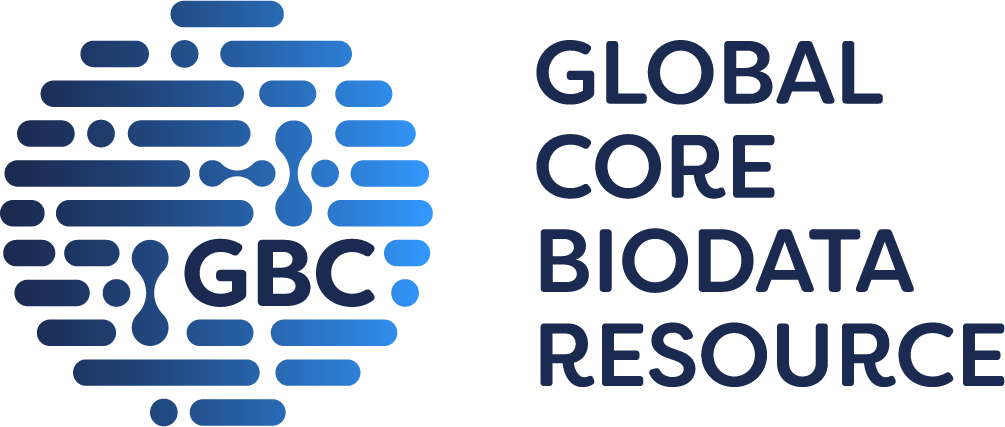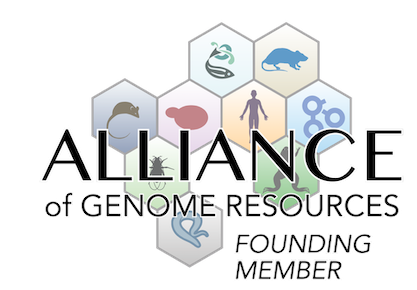behavior/neurological
|
• in the novel object recognition test, mice show an impaired ability to distinguish between novel and familiar objects, with a lower recognition index, indicating deficits in recognition memory
|
|
• in the Morris water maze, mice show longer escape latencies from the 4th day of training onwards, indicating impaired spatial learning
|
|
• probe tests show a lack of quadrant preference and reduced platform crossings indicating deficits in hippocampus-dependent spatial memory
|
|
• mice show lower rates of spontaneous alternation in the Y-maze, but no difference in the total number of arms traversed, indicating impaired spatial working memory
|
|
• mice spend increased time in the outer zone of the open field test, indicating heightened anxiety
• in the elevated plus maze, mice enter the open arm for a reduced time, with a corresponding reduction in the distance traveled in the open arm and a higher distance traveled in the closed arm
|
|
• in the three-chambered social interaction test, mice do not differentiate between familiar and novel mice during the social novelty phase, indicating an impairment in novelty recognition
|
|
• mice show reduced latency to fall off the rotarod, indicating impaired motor balance
|
|
• in the open field test, mice exhibit hyperactivity
|
|
• in the three-chambered social interaction test, mice do not show a preference for the chamber containing another mouse, indicating an impairment in social interaction
|
nervous system
|
• marker analysis indicates decreased neurogenesis in the hippocampus
|
|
• mice show an increase in brain mass
|
|
• hippocampus shows reduced neuronal counts
|
|
• prefrontal cortex shows a decrease in dendritic spine density
|
|
• hippocampus shows maintained dendritic complexity but increased spine density with a tendency towards immature spine morphologies
|
|
• prefrontal cortex regions show diminished dendritic branching
|
|
• marker analysis indicates synaptic disruption in the hippocampus
|
cellular
|
• marker analysis indicates decreased neurogenesis in the hippocampus
|
Mouse Models of Human Disease |
DO ID | OMIM ID(s) | Ref(s) | |
| intellectual disability | DOID:1059 | J:370017 | ||



 Analysis Tools
Analysis Tools